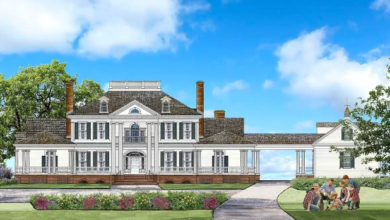Power Capacity & Access: Why It’s Crucial in Commercial Shoots

In commercial production, the venue is more than a backdrop—it’s a foundation for execution. While aesthetics, location, and layout play important roles, a less glamorous feature often makes or breaks a shoot: power. From high-powered lighting setups and camera rigs to digital playback stations and sound equipment, commercial productions depend on reliable, accessible electrical infrastructure.
Without sufficient power capacity and accessible tie-ins, even the most visually perfect space can become a logistical liability. In this article, we’ll examine why power access is critical for commercial shoots, and how production teams can scout for venues—particularly LA venues—that meet the demand.
Understanding Production Power Needs
The power requirements of a commercial shoot vary by scope, but even small setups need more than household current. Consider:
- Lighting arrays for interviews, fashion shoots, or automotive work
- Grip and electric stations for on-set changes
- Monitors, playback gear, and chargers
- Workstations for client viewing or live editing
These systems often run simultaneously and continuously, especially in full-day productions. A single blown circuit can delay a day’s work.
Key Electrical Features in Production-Ready Venues
When evaluating Los Angeles venues, production teams should look for specific features:
- 200 amps or more of available power
- Tie-in panels or distro boxes
- Multiple 20-amp circuits for decentralized gear
- Access to generator hook-ups if necessary
Industrial film locations often meet these needs because they were designed with heavier equipment in mind. Unlike gallery or retail spaces, industrial venues are built to handle power-intensive operations.
Why Power Infrastructure Impacts Crew Workflow
Time is money on set. Reliable power access supports:
- Fast lighting setup and consistent brightness
- Continuous digital playback without interruptions
- Device charging, wireless router access, and battery stations
- Hair, makeup, and wardrobe tools that often require outlets
Rather than running cables across walkways or limiting production zones to a few outlets, smart power layouts reduce bottlenecks and improve safety.
Generator Access: When On-Site Power Isn’t Enough
Some large-scale productions bring in generators—especially for:
- Outdoor activations
- Vehicle or drone shoots
- Extended hours beyond building load capacity
A good venue will either offer generator access or a nearby staging zone. Buttercup’s vetted properties consider power support as part of the overall production-readiness checklist.
The Role of Venue Staff in Power Coordination
In some venues, especially industrial sites, there may be dedicated staff or a facility manager who oversees power usage. This is beneficial for:
- Tie-in supervision
- Emergency circuit resets
- Load balancing to avoid tripping panels
Having this kind of support on-site reduces stress and adds a layer of technical confidence to the shoot.
Choosing the Right Venue for Your Power Demands
Every production is different, but here’s how to determine what you’ll need:
- Ask your G&E department for a power breakdown
- Factor in client zones, catering, and live monitors
- Consider your production’s backup power plan
When reviewing listings from Buttercup Venues, these specifications can be discussed in advance—ensuring you’re matched with a space that’s functional as well as stylish.
Conclusion
In the fast-paced world of commercial production, overlooking power access can lead to costly mistakes. Whether it’s an e-commerce campaign, product launch, or branded video, power infrastructure is what keeps the entire engine running.
Buttercup Venues specializes in LA venues, high-performance Los Angeles venues, and production-equipped industrial film locations that support complex commercial shoots.



